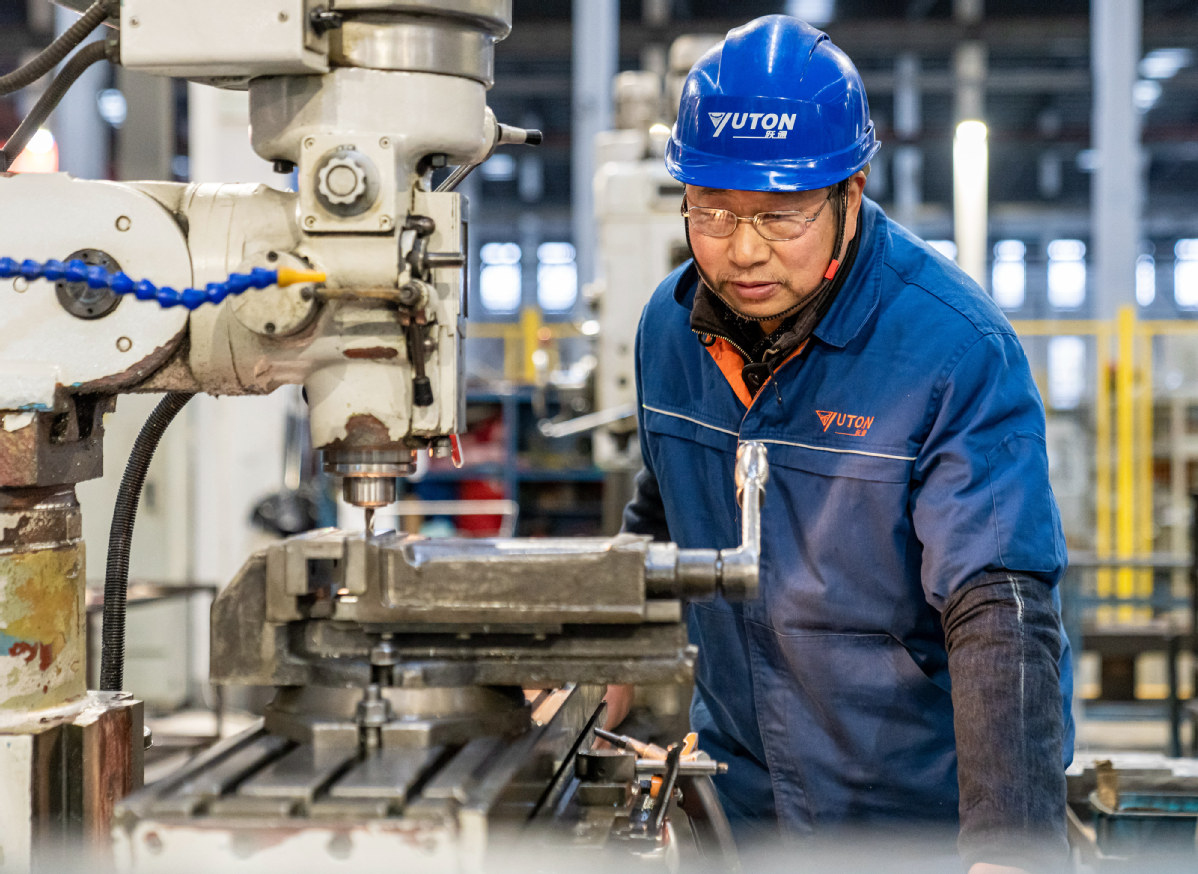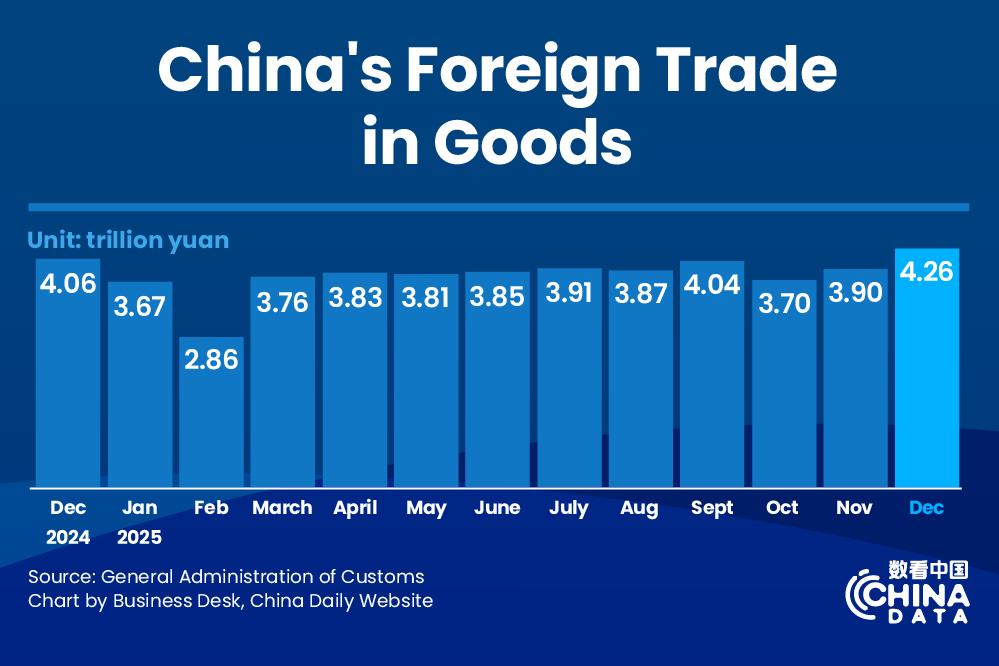Policies help manufacturing sector overcome COVID-19 impact


BEIJING -- Amid unexpected headwinds brought by the domestic COVID-19 resurgences, China has proactively taken countermeasures to assist manufacturing companies in emerging from the impact of the COVID-19 epidemic.
The latest data showed that China's tax authorities provided a total of 333.5 billion yuan ($50.4 billion) in tax and fee deferrals for micro, small and medium-sized manufacturing firms nationwide in the first quarter of this year, and extended the deadline for the tax payment by another six months.
Meanwhile, the country is set to issue value-added tax (VAT) credit refunds on a larger scale in 2022, with priority to be given to micro and small firms and the manufacturing industry.
China's VAT credit refunds topped 420.2 billion yuan in the first half of April, benefiting 527,000 taxpayers, according to the State Taxation Administration.
The support may come as a godsend to many cash-strapped small businesses.
After nearly a month of lockdown, a local printing company in Shenyang, Northeast China's Liaoning province, returned to its usual bustling self.
Hit by the protracted epidemic, the company suffered a sharp decline in revenue in the first quarter. But its owner Gu Wei remained bullish.
"The favorable tax treatment is precious help that came at the right time, especially for a small business like us," Gu said.
The company has received 620,000 yuan in tax rebates so far and will enjoy an additional tax exemption, providing welcome and effective relief.
To help factories resume production amid COVID-19 disruptions, China has rolled out measures to eliminate logistics congestion and smoothen the supply chain.
China is creating a "white list" of key industry and supply chains to this end and is streamlining logistics for companies working in key sectors such as automobiles and integrated circuits, according to the Ministry of Industry and Information Technology (MIIT).
Meanwhile, actions to spur the innovation of smaller enterprises are unfolding, according to Luo Junjie, an official with the MIIT.
The ministry plans to incubate another 3,000 "little giant" firms this year, referring to small enterprises in their early stage of development and focusing on high-end technologies. The move will soon bring the total number of provincial-level specialized and sophisticated enterprises that produce new and unique products to around 50,000.
Fuelled by the policy incentives, China's manufacturing sector sustained steady growth in the first quarter despite the impact of the epidemic, as the output of the manufacturing sector grew 6.2 percent year-on-year, data from the National Bureau of Statistics showed.
In breakdown, the high-tech manufacturing and equipment manufacturing industries saw marked growth by expanding 14.2 percent and 8.1 percent, respectively, both higher than the industrial output in the same period.
"The long-term fundamentals of China's industrial economy remain unchanged and the overall economic recovery remains stable," Luo said, vowing to take a forward-looking approach and make full use of cross-cyclical adjustments to offset the impact of the epidemic.




































